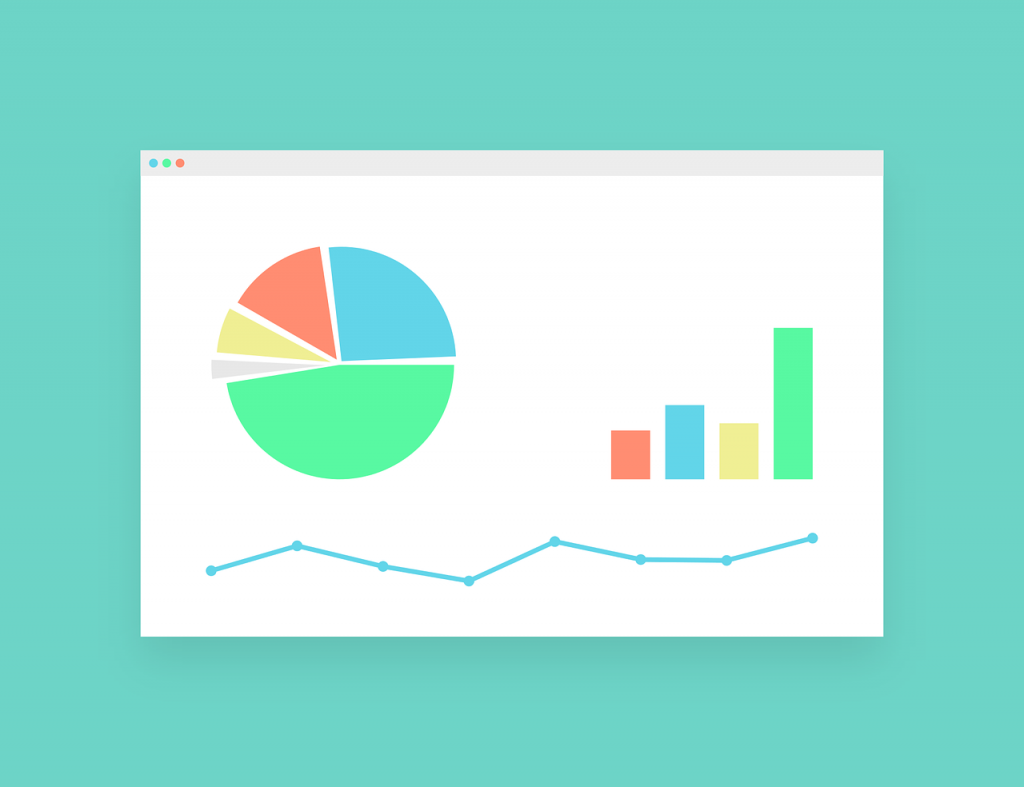What are Scope 3 Emissions?
Scope 3 emissions are indirect greenhouse gas (GHG) emissions that occur in a company’s value chain, both upstream and downstream. These emissions are not directly controlled by the company but are a consequence of its operations, including those from suppliers, waste disposal, and product use by customers. Scope 3 emissions can account for a significant portion of a company’s total carbon footprint, making their measurement and management essential for comprehensive sustainability efforts.
The Importance of Scope 3 Functionality in Sustainability Software
Sustainability software with robust Scope 3 functionality is crucial for several reasons:
- Comprehensive Carbon Accounting: Accurately measuring Scope 3 emissions provides a complete picture of a company’s environmental impact, allowing for more informed decision-making and effective sustainability strategies.
- Regulatory Compliance: As regulations evolve, more businesses are required to report on their Scope 3 emissions. Effective software ensures that companies can meet these reporting requirements efficiently.
- Stakeholder Transparency: Investors, customers, and other stakeholders increasingly demand transparency in corporate sustainability practices. Scope 3 functionality helps businesses provide this transparency, enhancing their reputation and stakeholder trust.
Collecting Scope 3 Emissions Data
Collecting Scope 3 emissions data involves a combination of direct engagement with suppliers, use of industry benchmarks, collaboration platforms, data integration, and estimation tools. While this process can be challenging, leveraging advanced sustainability software and third-party data providers can significantly streamline data collection and improve the accuracy of Scope 3 emissions reporting. Businesses that invest in robust data collection methods and tools are better equipped to manage their indirect environmental impact and meet evolving sustainability requirements.
Sustainability software can streamline this process in several ways:
- Supplier Data Integration: Software that can interface with selected suppliers to collect their primary data on Scope 3 emissions is essential. By integrating directly with suppliers’ systems, companies can ensure they receive accurate and up-to-date emissions data.
- Third-Party Data Import: Software can import supplier data directly from third-party platforms. This capability simplifies the data collection process, allowing companies to efficiently aggregate emissions data from various sources.
- Automated Data Import: Advanced sustainability software supports automated data import from various formats, including JSON, XML, CSV, and Excel. This flexibility ensures that data from different sources can be easily consolidated into a single platform for analysis.
How Hydrus Collects Scope 3 Data
Hydrus.ai exemplifies the efficient collection of Scope 3 emissions data through its robust integration capabilities:
- Data Integration: The Hydrus platform can integrate with third-party systems, allowing for direct import of emissions data from these systems. This seamless integration ensures that companies can gather comprehensive Scope 3 data without manual intervention.
- REST API: Hydrus supports data import in JSON format through its REST API. This feature allows for real-time data transfer and synchronization, ensuring that the platform always has the most current emissions data.
- Custom Data Formats: While the REST API primarily accepts JSON, Hydrus can also support other formats, such as XML and CSV, through custom solutions. This adaptability ensures that data from various sources can be effectively incorporated into the platform.
- Excel Import: Data can be exported from third-party systems into Excel workbooks, which can then be directly imported into Hydrus. This capability simplifies the data collection process, particularly for companies that use Excel for data management.
Conclusion
Effective management of Scope 3 emissions is essential for comprehensive sustainability efforts. Robust sustainability software, like Hydrus.ai, streamlines the collection and analysis of Scope 3 data, ensuring accurate carbon accounting, regulatory compliance, and enhanced stakeholder transparency. By leveraging advanced data integration capabilities, companies can efficiently gather and manage the complex data needed to address their indirect environmental impact.



